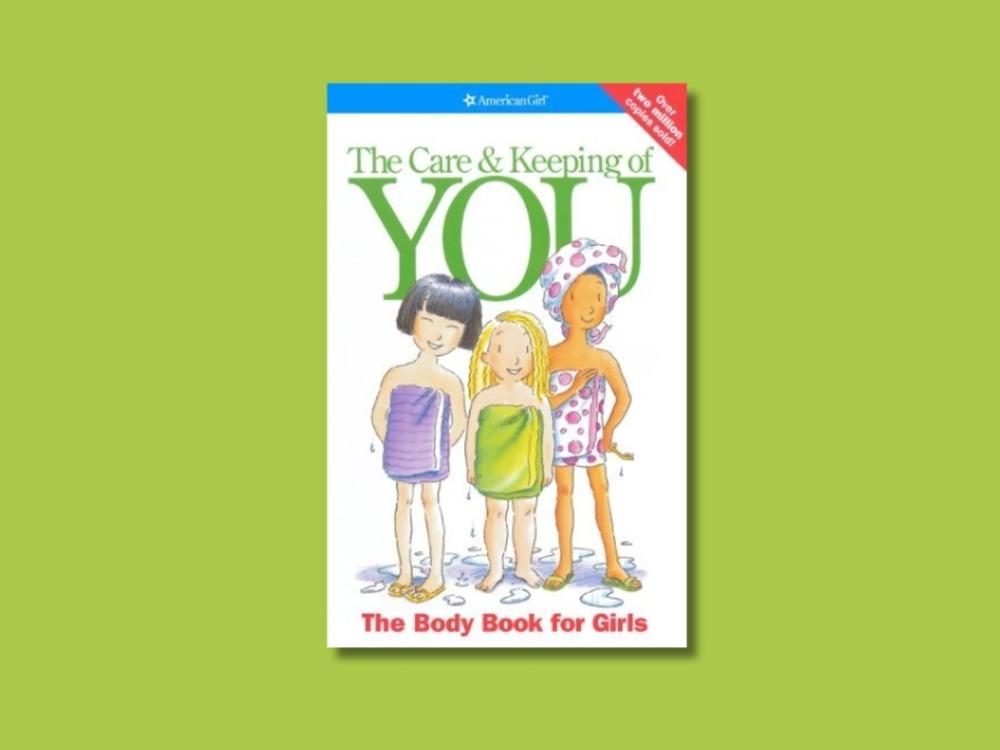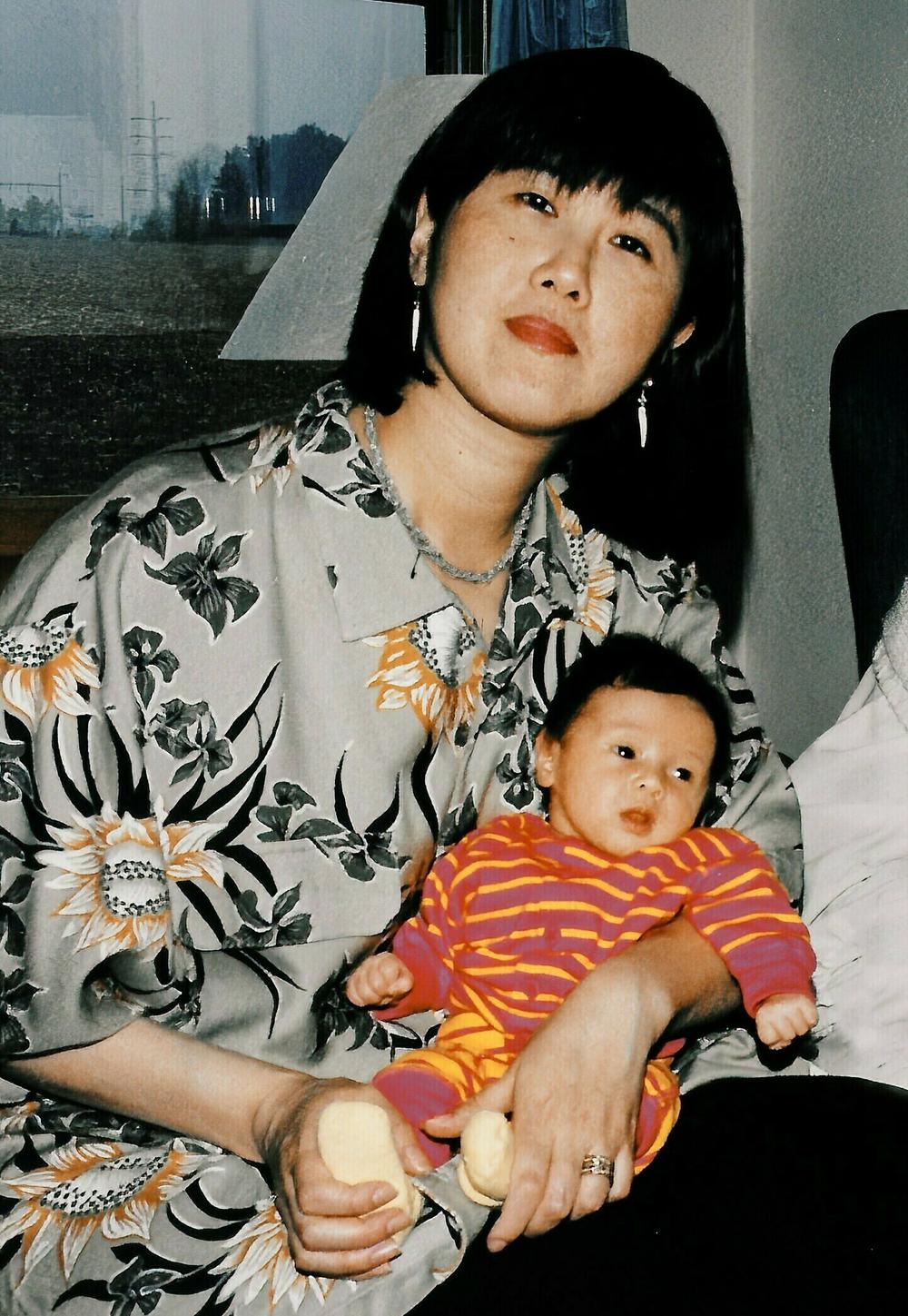Section Branding
Header Content
'The Care and Keeping of You,' American Girl's guide to puberty, turns 25
Primary Content
This month marks the 25th anniversary of The Care and Keeping of You — a book that eased the adolescent anxieties of a generation of girls, including myself. The book, which sought to demystify puberty, sold millions of copies, and was on the New York Times bestseller list as recently as 2016.
For my friend Kaela Seiersen, however, the book was contraband. She says a family friend lent the book to her family when she was kid. Her mom wasn't sure her homeschooled 8 year old was ready to read a book so straightforward about changes to girls' bodies, so she took it away. But not very far away.
"The book appeared on top of my fridge, so I would stand on the chair and try to read it," Seiersen says. "It was really hard because my parents were around all the time, and also the fridge was really tall. So even when I stood in a chair, I couldn't grab it."
Seiersen says at first, she was mostly fascinated by the book's strange new information. She remembers seeing illustrations of the different stages of breast development and thinking "I'm never gonna look like that, I'm never gonna be an adult."
But when she got a bit older, Seiersen started to use the book to answer questions she didn't feel comfortable asking her parents.
The book's author, Valorie Schaefer, worked for American Girl magazine before writing The Care and Keeping of You. She says the magazine got a lot of letters from girls who had plenty of questions they didn't want to ask their parents.
"Just these heartbreaking letters, but also such sweet letters," Schaefer remembers. "When am I gonna get my period, what about these pimples, why do I feel so emotional all the time?"
Schaefer had a lot of empathy for these girls. Growing up in the 1960s, she says she had even fewer resources for figuring things out on her own.
"You would get a box of tampons and it would have this huge fold out set of instructions, like a road map for putting in at tampon," she remembers.
So Schaefer set out to write less intimidating instructions with a nervous young audience in mind. It included another of my friends, Abby Eskinder Hailu, who will never forget the diagram from the book explaining how to put in a tampon.
"It told you to angle the tampon towards your back," she says. "I remember thinking of that when I first started using tampons, like, wow, this is really helpful."
"No matter what stage of life you're in, it's very helpful sometimes just to have a voice somewhere telling you you've got this, you're normal," says Schaefer.
And as the readers of the first generation of The Care and Keeping of You get older, they've got a new request for Schaefer. "Most often the thing people ask for is a book for perimenopause," she says.
It turns out sometimes even the really big kids just want a caring and accurate book that explains their ever changing bodies.
Copyright 2023 NPR. To see more, visit https://www.npr.org.



